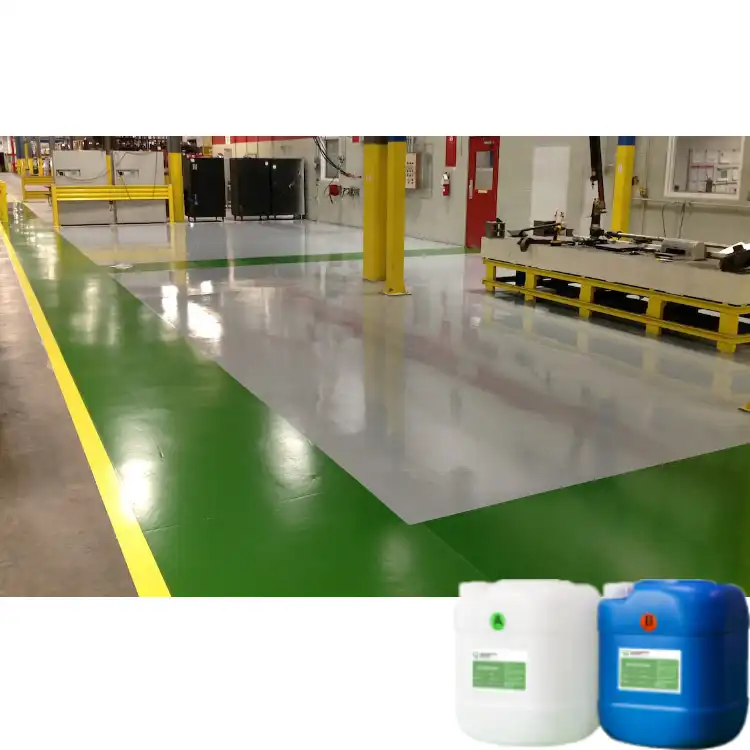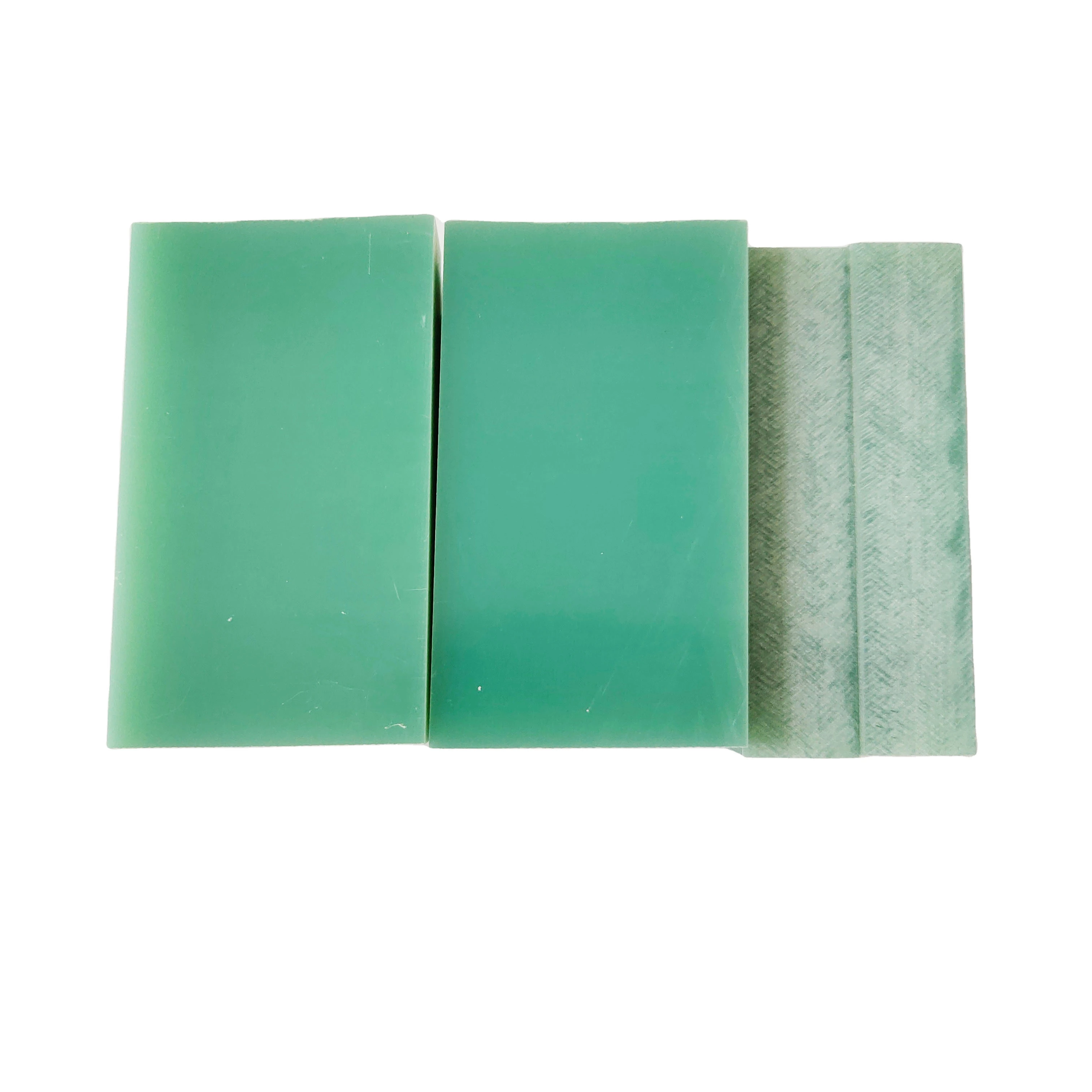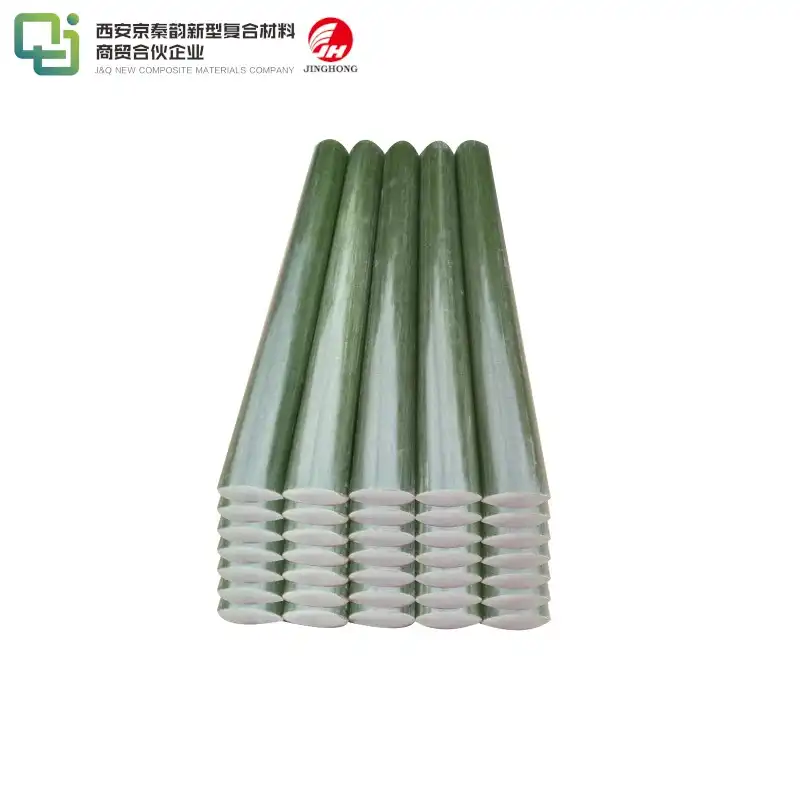Bakelite board is made of what material?
2025-01-06 16:33:35
Bakelite board is primarily composed of phenol formaldehyde resin, a thermosetting plastic that's reinforced with various filler materials. This versatile material, invented by Leo Baekeland in 1907, is renowned for its excellent electrical insulation properties, heat resistance, and durability. The manufacturing process involves combining phenol and formaldehyde under pressure and heat, resulting in a robust, lightweight material. Bakelite boards often incorporate additional components such as paper, cotton, or glass fibers to enhance their mechanical strength and thermal stability, making them ideal for numerous industrial applications.
Composition and Manufacturing Process of Bakelite Boards
Raw Materials Used in Bakelite Production
Bakelite boards are primarily composed of phenol, formaldehyde, and various reinforcing materials. Phenol, typically sourced from coal tar or petroleum, forms the base resin, while formaldehyde, a colorless gas, functions as the curing agent that hardens the material. To enhance specific properties, manufacturers often add fillers like wood flour, mica, or graphite, which can improve the boards' strength, electrical insulation, and thermal resistance. These components work together to create a versatile and durable material for a range of industrial applications.
Chemical Reactions in Bakelite Formation
The synthesis of Bakelite involves a series of condensation reactions between phenol and formaldehyde, a process known as phenol-formaldehyde polymerization. This reaction forms a three-dimensional network of cross-linked polymer chains, creating the durable and rigid structure of Bakelite. Initially, a liquid resin is produced, which undergoes irreversible hardening when heated. This curing process imparts the characteristic strength, heat resistance, and electrical insulating properties that make Bakelite ideal for a wide range of industrial applications.
Manufacturing Techniques for Bakelite Boards
Bakelite boards are commonly produced through compression molding or lamination processes. In compression molding, phenolic resin is blended with fillers and then pressed into heated molds under high pressure, allowing for precise shaping. Lamination, on the other hand, involves layering resin-impregnated sheets of paper or fabric, which are then subjected to heat and pressure. Both methods yield dense, uniform boards that exhibit outstanding electrical insulation, thermal resistance, and mechanical strength, making them suitable for a variety of industrial applications.
Properties and Characteristics of Bakelite Boards
Electrical Insulation Capabilities
One of the standout qualities of Bakelite boards is their remarkable electrical insulation. With high dielectric strength and low electrical conductivity, they are perfect for applications in electrical components, circuit boards, and other systems requiring reliable insulation. This superior electrical performance is due to the tightly cross-linked molecular structure of the phenolic resin, which effectively prevents the flow of electric current. As a result, Bakelite boards provide both safety and efficiency in various electrical and electronic applications.
Thermal Resistance and Stability
Bakelite boards are known for their exceptional heat resistance, maintaining structural integrity at temperatures up to 300°C (572°F). This thermal stability is due to the robust covalent bonds within the polymer network, which prevent degradation under high heat. Additionally, the material's low thermal expansion coefficient ensures minimal dimensional change with temperature fluctuations, making it highly suitable for applications in environments with varying temperatures, such as electrical components, automotive parts, and industrial machinery.
Mechanical Strength and Durability
The addition of reinforcing materials to Bakelite boards greatly improves their mechanical properties. These boards offer excellent compressive strength, impact resistance, and dimensional stability, making them highly durable under stress. Their ability to resist deformation or degradation under mechanical loads ensures a long service life, even in demanding industrial environments. This robustness makes Bakelite boards ideal for applications such as electrical components, automotive parts, and heavy-duty machinery, where reliability and longevity are critical.

Applications and Industry Uses of Bakelite Boards
Electrical and Electronics Industry
In the electrical sector, Bakelite boards find extensive use as insulating components in switchgear, circuit breakers, and distribution panels. Their reliability in high-voltage environments makes them indispensable in power transmission and distribution systems. The electronics industry utilizes Bakelite as a substrate material for printed circuit boards, particularly in applications requiring high thermal resistance.
Automotive and Aerospace Applications
The automotive industry incorporates Bakelite boards in various components, including distributor caps, rotor arms, and electrical connectors. In aerospace engineering, these boards are used in aircraft electrical systems and instrument panels due to their lightweight nature and flame-retardant properties. The material's ability to withstand extreme conditions makes it suitable for both terrestrial and aerial vehicle applications.
Industrial Machinery and Equipment
Bakelite boards play a crucial role in industrial machinery as insulating components in motors, generators, and transformers. Their resistance to chemical corrosion and mechanical wear makes them ideal for use in harsh industrial environments. The material's versatility allows for its application in diverse sectors, from manufacturing equipment to heavy machinery used in mining and construction.
Conclusion
Bakelite boards, composed primarily of phenol formaldehyde resin and reinforcing materials, represent a remarkable achievement in materials science. Their unique combination of electrical insulation, thermal resistance, and mechanical strength continues to make them indispensable in various industries. As technology advances, the versatility and reliability of Bakelite boards ensure their ongoing relevance in modern applications, from electrical systems to aerospace components. Understanding the composition and properties of this material is crucial for engineers and manufacturers seeking high-performance insulating solutions in demanding environments.
Contact Us
For more information about our high-quality Bakelite boards and other insulating materials, please don't hesitate to contact us. Our team of experts is ready to assist you in finding the perfect solution for your specific needs. Reach out to us at info@jhd-material.com to discuss how our products can enhance your projects and applications.
References
1. Baekeland, L.H. (1909). The Synthesis, Constitution, and Uses of Bakelite. Journal of Industrial & Engineering Chemistry, 1(3), 149-161.
2. Crespy, D., Bozonnet, M., & Meier, M. (2008). 100 Years of Bakelite, the Material of a 1000 Uses. Angewandte Chemie International Edition, 47(18), 3322-3328.
3. Hesse, W. (2002). Phenolic Resins. Ullmann's Encyclopedia of Industrial Chemistry, Wiley-VCH, Weinheim.
4. Hirano, K., & Asami, M. (1977). Phenolic Resins—100 Years of Progress and Their Future. Polymer Journal, 9, 11-18.
5. Pilato, L. (2010). Phenolic Resins: A Century of Progress. Springer-Verlag Berlin Heidelberg.
6. Weiss, D.W. (1977). Bakelite: A Pure Success Story. Physics Today, 30(3), 32-39.







